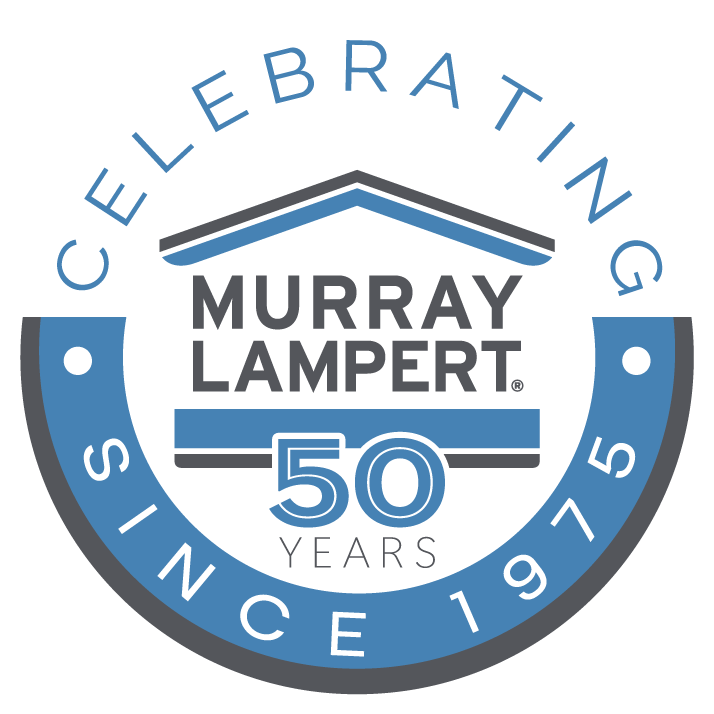September 27, 2018
INFOGRAPHIC - Pros and Cons of Different ADU Types
Accessory Dwelling Units are a hot topic in California right now, and for good reason. But which type of ADU is right for you, and which is your property even permitted for? Find out here!
The Accessory Dwelling Unit (ADU) trend is sweeping through California, but few homeowners understand their options when it comes to building them. Aside from zoning and legal requirements that need to be met, there’s also the type of ADU to take into account when planning an in-law suite in San Diego.
To help get you started, we’ve put together a high-level overview of some common ADU types, as well as some of the pros and cons of each type.
Share this infographic on your site
Pros and Cons of Different ADU Types
Detached ADU
Quick Description
- A stand-alone structure detached from the main home.
Pros
- Offers the highest level of privacy and independent living.
Cons
- Most expensive construction among ADU types: $9,000-$300,000 (mean is $98,000) // $13 – $438 per square foot (mean is $151/sf)
- Separate utility lines are required.
- Requires land for construction.
- Some parking requirements - check Senate Bill 1069 for your area.
Attached ADU
Quick Description
- An expansion attached to the main house.
Pros
- More privacy than interior conversion ADUs
- Can expand existing home systems (plumbing, electricity, etc).
Cons
- Pricey to build: $3,500-$200,000 (mean is $52,000) // $6 – $308/sf (mean is $82)
- Separate utility lines are required.
- Requires land for construction, although not as much as with detached ADUs.
Interior Conversion ADU
Quick Description
- Existing interior space that is converted into separate living quarters, commonly called Junior ADUs.
Pros
- May be able to share amenities with the primary home.
- Usually the least expensive option, often only requiring minimal permitting and minor changes.
Cons
- Offer limited privacy.
Structure (Exterior) Conversion ADU
Quick Description
- Transform an existing exterior structure, such as a detached garage, storage unit, etc.
Pros
- Provides a large amount of privacy.
- May be able to work with or expand upon existing home systems
- Less expensive than new construction.
Cons
- More expensive than an interior ADU conversion.
- Requires an existing exterior structure with specific foundational elements in order to be a viable option.
Sources:
- /infographic-5-things-to-know-about-granny-flat-regulations-san-diego/
- https://www.hausable.com/
- https://www.actonconstruction.com/types-of-adus
- http://www.buildinganadu.com/what-is-an-adu/
- https://accessorydwellings.org/
